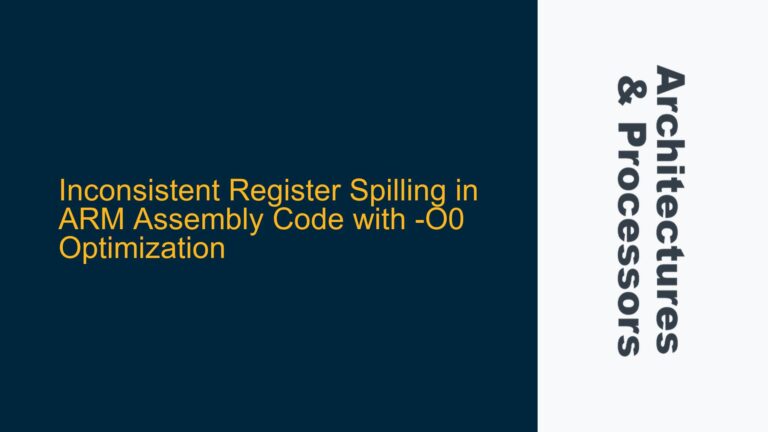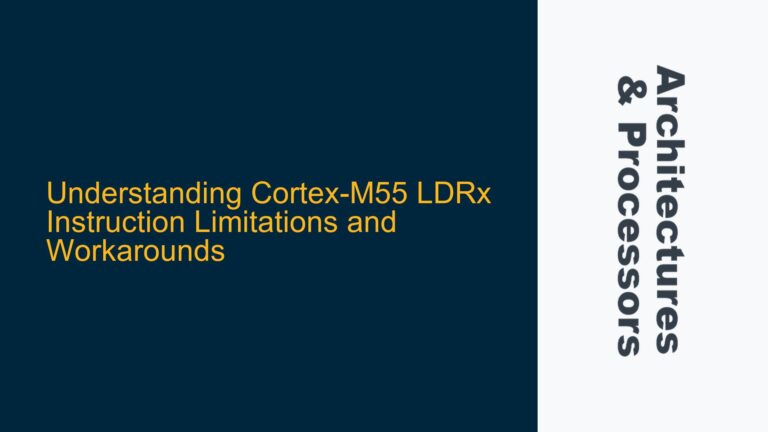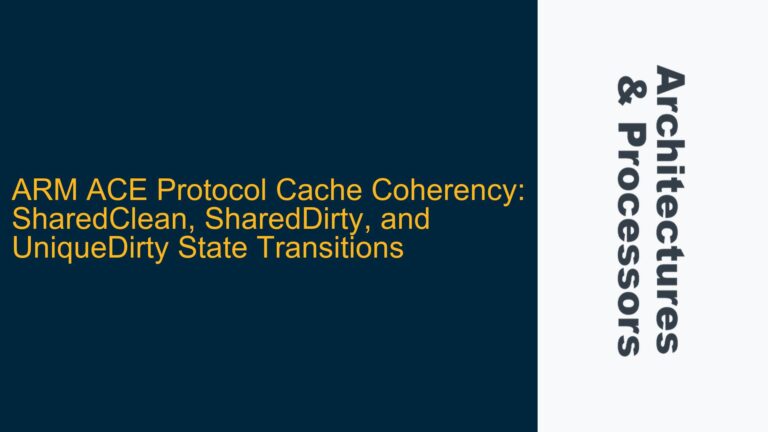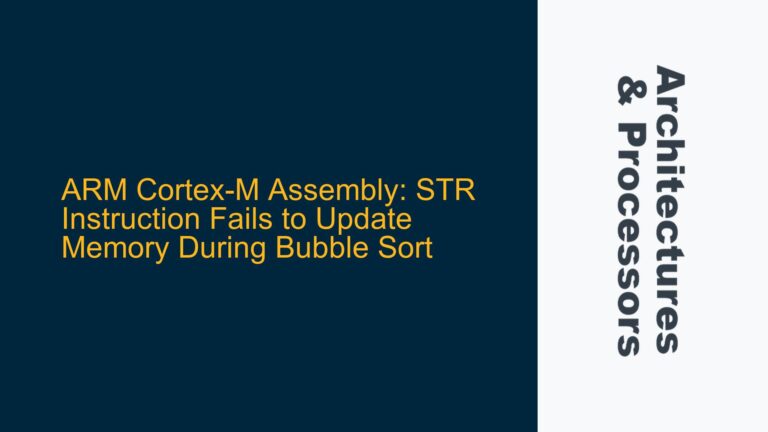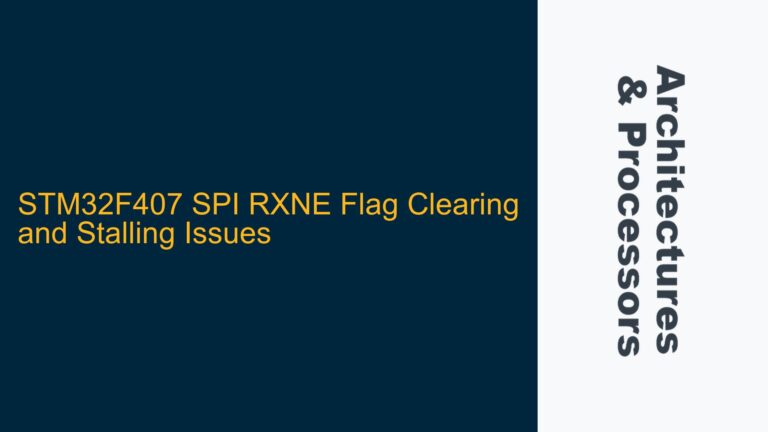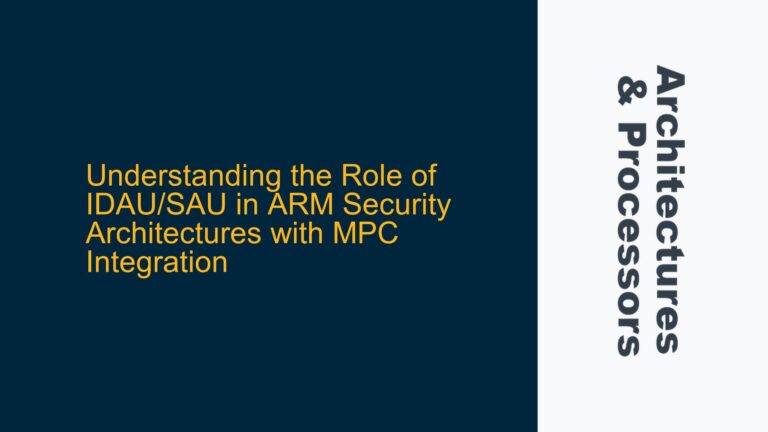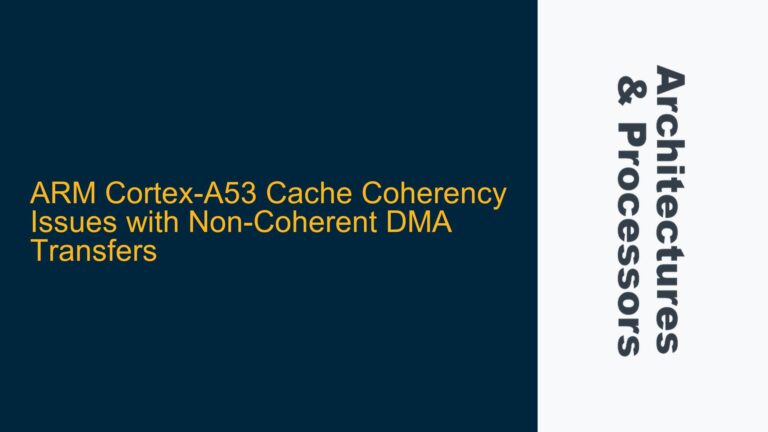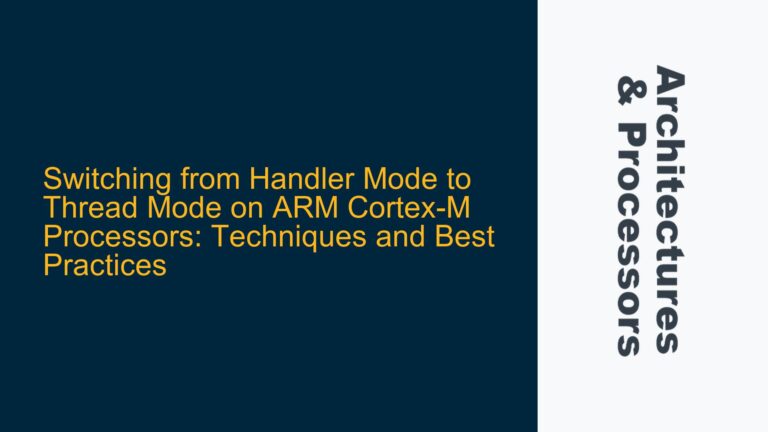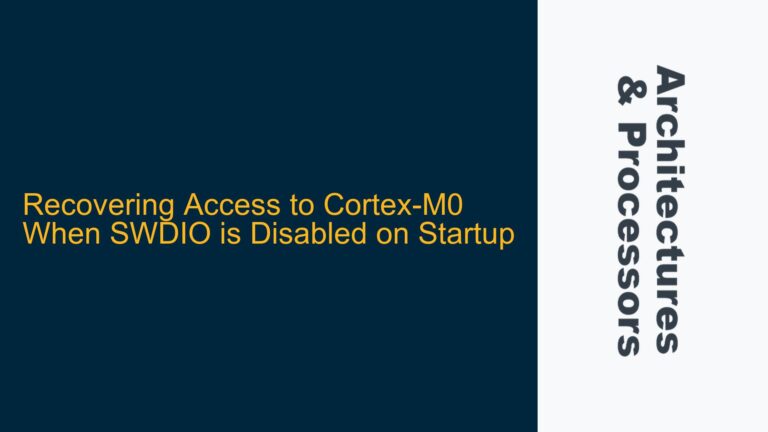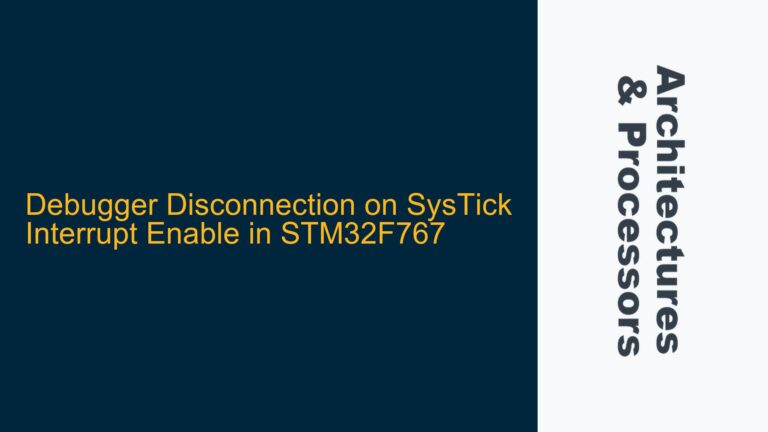Inconsistent Register Spilling in ARM Assembly Code with -O0 Optimization
ARM Cortex-M Register Spilling Behavior Under -O0 Optimization When compiling C/C++ code for ARM Cortex-M processors using the -O0 optimization flag, developers often observe inconsistent behavior in how the compiler handles register spilling. Register spilling refers to the process of storing register contents into RAM (typically the stack) to free up registers for other operations….
